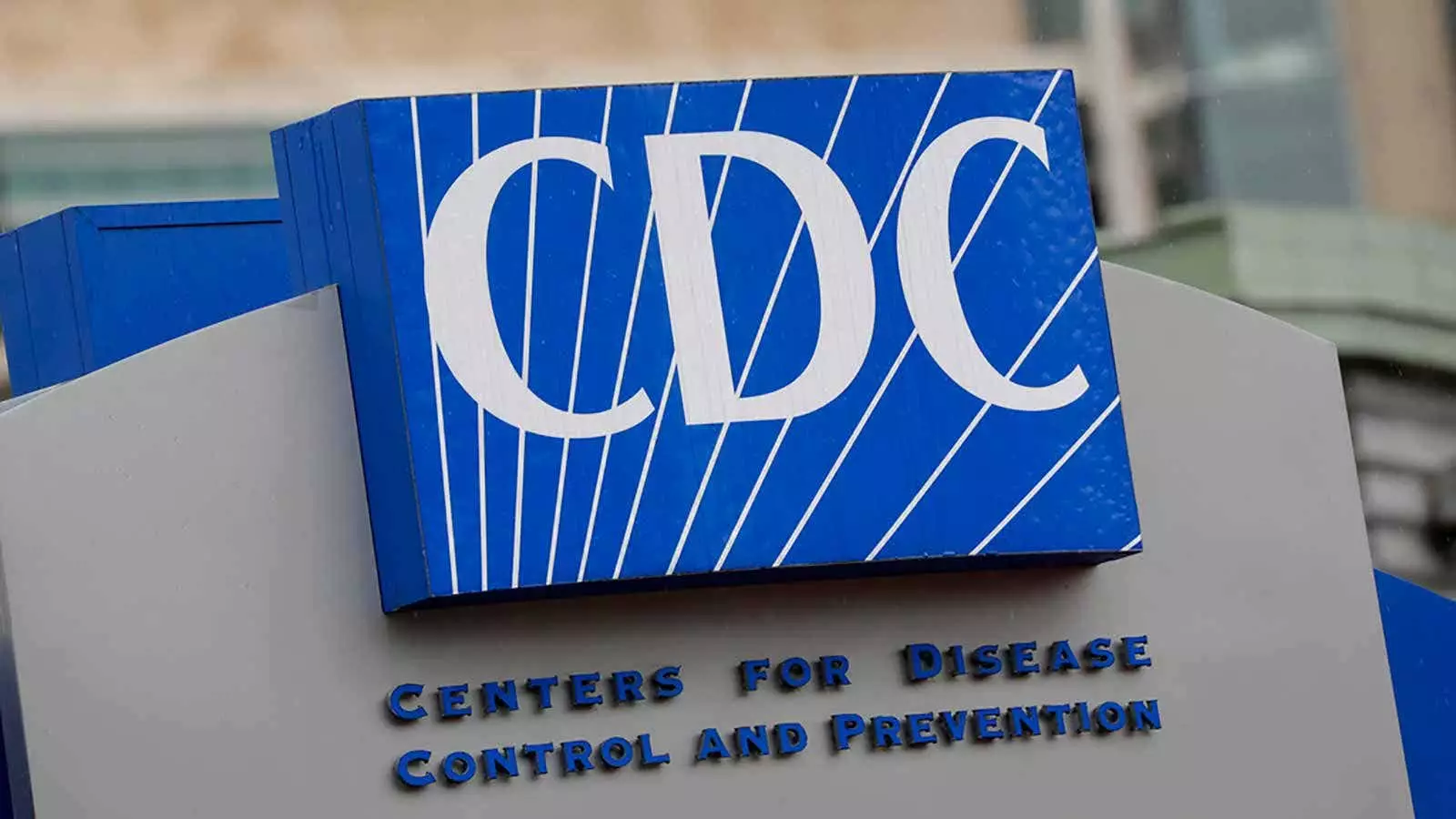The recent case of bird flu infection in a hospitalized patient in Missouri has raised concerns due to the lack of known contact with dairy cows or animals associated with the outbreak. This incident marks the 14th person in the U.S. affected by bird flu since its detection in cows earlier this year.
While the U.S. Centers for Disease Control and Prevention reassures the public that the risk remains low, the unexpected nature of this case calls for a thorough investigation. No unusual flu activities have been reported in the U.S., adding to the mystery surrounding the source of infection.
The infected person, an adult, was hospitalized for other medical conditions, complicating the understanding of whether the bird flu infection exacerbated their health status. The individual tested positive for influenza A, which was later confirmed to be bird flu by CDC officials. Although the patient has recovered and returned home, uncertainties linger about the connection between the hospitalization and the infection.
Health officials face challenges in determining how the individual came into contact with the virus, especially since no direct exposure to cows or poultry is evident. Previous U.S. cases were linked to occupational exposure, emphasizing the uniqueness of this situation. The absence of bird flu in Missouri further complicates the investigation, prompting a broader exploration of potential sources.
Despite the absence of reported raw milk consumption by the infected person, investigations are ongoing to trace the origins of the infection. The case highlights the significance of routine influenza surveillance in detecting such instances, indicating the need for continuous monitoring and response strategies.
The bird flu case in Missouri represents a challenging scenario that requires thorough investigation and monitoring to identify the source of infection and prevent further spread. The complexity of the situation underscores the importance of comprehensive surveillance and response efforts to address emerging health threats effectively.


Leave a Reply